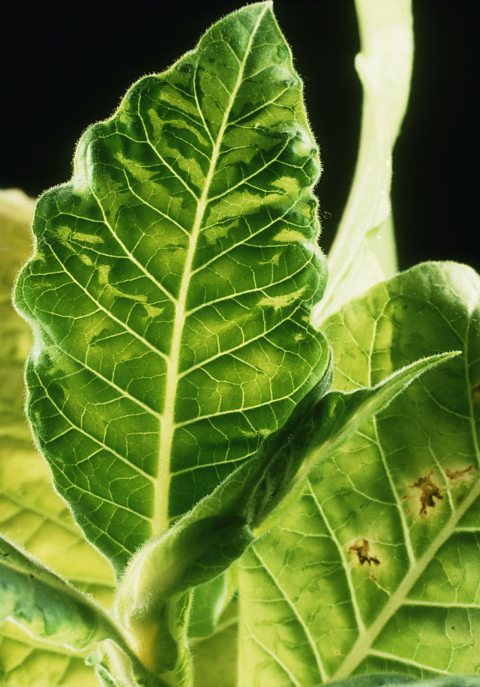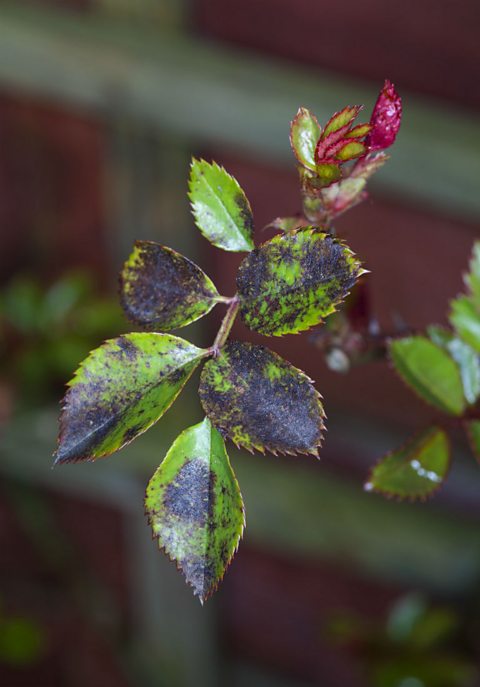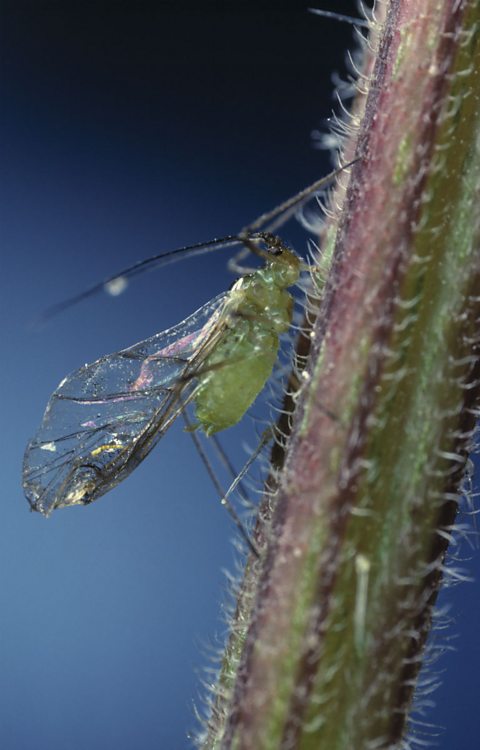Pathogens as causes of plant diseases
A pathogenMicroorganism that causes disease. is an organism that causes a disease. There are four main types of pathogen:
- virusAn ultramicroscopic infectious non-cellular organism that can replicate inside the cells of living hosts, with negative consequences.
- bacteriaSingle-celled microorganisms, some of which are pathogenic in humans, animals and plants. Singular is bacterium.
- fungiA large group of eukaryotic organisms that contain single-celled yeasts, moulds and mushrooms.
- protistA eukaryotic, usually single-celled organism of the kingdom Protista.
All types of pathogen have a simple life cycle. They infect a hostThe organism lived on or in by a parasite., reproduce (or replicate themselves if a virus), spread from their host and then infect other organisms.
Diseases caused by pathogens are called communicable diseaseA disease that is caused by a pathogen and so is transmitted rather than inherited or caused by an environmental factor.. This means they can be caught. The spread of communicable diseases is called transmission The spreading of pathogenic disease, for example by touch, food, water..
Plant pathogens kill or reduce the growth of many plants, which in turn can reduce biodiversity. Plant pathogens of food crops are especially serious, such as the Irish potato famine around 1850, which caused deaths of large numbers of people through starvation. The pathogen caused 'blight' - an infestation that discolours the leaves but also rotted the tubers making them inedible.
Viruses

The tobacco mosaic virus infects tobacco and lots of other closely related species like tomatoes and peppers. It is transmitted by contact between plants, either naturally or on the hands of farmers. It infects the chloroplastContains the green pigment chlorophyll; the site of photosynthesis. of plant leaves and changes their colour from green to yellow or white in a mosaic pattern. It can also make leaves crinkled or curled up. This reduces the plant's ability to photosynthesisA chemical process used by plants to make glucose and oxygen from carbon dioxide and water, using light energy. Oxygen is produced as a by-product of photosynthesis. Algae subsumed within plants and some bacteria are also photosynthetic. and grow properly, which can reduce farmers' crop yieldThe mass of a crop produced..
There is no cure, thus farmers' only option is to stop their crops from being infected or reduce the spread if they have.
Fungi

Rose black spot is caused by a fungus which infects roses. It infects leaves and causes black or purple spots on the leaves. The rest of the leaves often turn yellow and can drop off the plant. This reduces the plant's ability to photosynthesise and reduces growth. Black rose spot can be transmitted in air or water as well as direct contact by gardeners. It is treatable using fungicideA chemical which kills fungi. and by removing and destroying infected leaves.
Insects

As well as microbial pathogens, insects can infest a plant. aphidAphids (greenfly) are tiny insects that feed on phloem from plants. are a common example of these seen in UK gardens and greenhouses. In particular, they infest roses and tomatoes. They are found in large numbers on new shoots, from which they suck sap. This reduces that growth rate of plants and can eventually kill them. Aphids are eaten by ladybirds, so gardeners often try to cultivate these in their gardens as a natural way of reducing aphids.